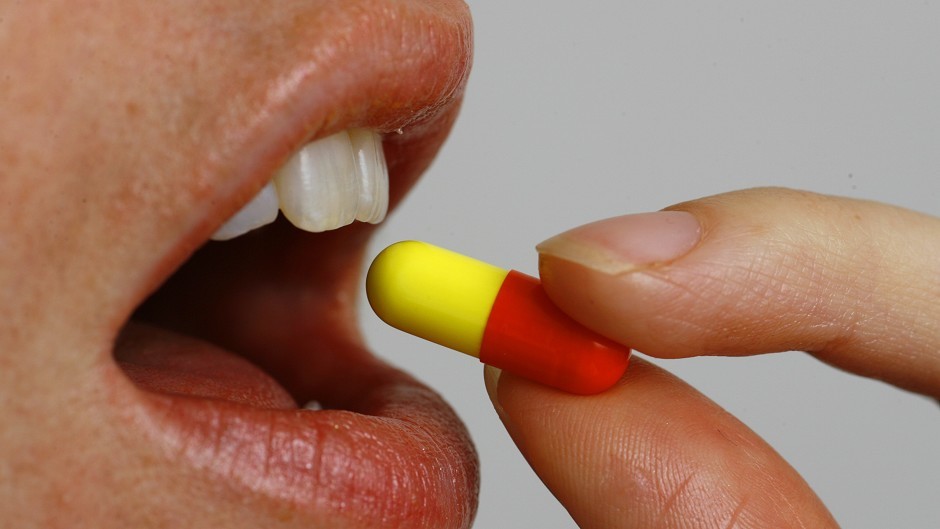The number of very young children being taken to north-east A&E departments after swallowing dangerous substances has almost doubled in the space of one year.
Starting new figures obtained through FOI legislation show 63 babies, toddlers and pre-schoolers under the age of five were rushed to hospital after eating or drinking hazardous chemicals or other unsafe materials.
That represents a 75% increase on 2017-18, when 36 tots were treated in NHS Grampian emergency wards and flies in the face of efforts to crack down such incidents.
In 2016, council, health and community chiefs identified cutting the number of emergency hospital admissions for youngsters unintentionally injured as a key priority.
In a major report, they revealed the north-east had around 30% more of these incidents than the Scottish average – but admitted experts could not explain why.
Three years on, as the number of children as risk increases, there still do not appear to be any answers – though some families’ struggles with mental health and deprivation may have played their part.
>> Keep up to date with the latest news with The P&J newsletter
During the same period, the total number of emergency room attendances by people of all ages who have ingested dangerous substances dropped from 1,000 to 750.
A spokeswoman for NHS Grampian said: “Staff at our hospitals deal with thousands of patients each year presenting with a wide range of injuries and medical conditions – including those who have ingested chemicals and other substances.
“These cases vary in nature from the fairly minor, to serious and sometimes fatal.
“In all instances our staff members work hard to provide the best level of care possible to each patient.”
The health board said it does not record the exact nature of the chemicals and substances ingested.
Eleanor McEwan, the general manager of charity Home-Start Aberdeen, said she and her team were working to reduce risk in local homes.
“The number of total attendances is considerably down, but the under-fives figure has gone up,” she said.
“Aberdeen has been identified as an outlier in terms of these figures but it’s really difficult to explain why that is.”
Mrs McEwan said it is unfeasible for all accidents in the home to be prevented, but believes small changes can make a big difference.
“What we do is work with families to help suss out and spot all the things that aren’t very safe,” she said.
“We’re often working in homes where there’s a lot of pressure with mental health problems or people struggling with poverty and it’s just that, quite often, that’s not where the focus is.
“But we find that having a fresh pair of eyes can help find the small risks they might not have noticed before.”










